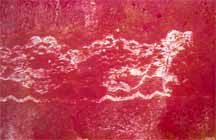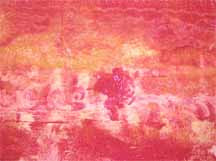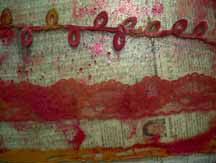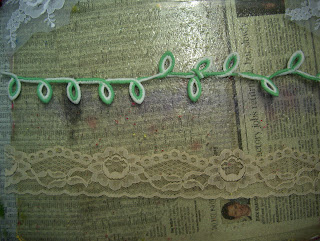Materials List:
Silk Screens
Squeegee for Silk Screen
Stencils
Natural Dye Extracts
Gum Tragacanth Binder
Containers to hold natural dye extracts/binder I used paper cups.
Plastic Spoons
Newspaper
Masking Tape
Fabric or Watercolor Papers
Products Used:
Links:
I am here today to show you how to use stencils with a silk screen and natural dyes for screen printing.
Instructions:
Mix up Gum Tragacanth with Natural Dye Extracts; see video for specific amounts and mixing instructions. I made a little card with the names of the extracts I was working with and daubed a bit of the color next to each name, for future projects.
The Natural Dye Extracts blended with the Gum Tragacanth are now ready for printing!
Most silk screens won’t be the same size as your stencil, however, I have an easy fix for this problem. Measure your screen and your stencil and then block off the required space for your stencil by taping news print to the FRONT of your silk screen. Then tape your stencil to the front of the screen making sure to overlap the stencil onto the newsprint.
Blocked off silk screen, as seen from the front.
Blocked off silk screen as seen from the back.
Black Birds in Tree Inverse taped to the FRONT of the silk screen.
Place your natural dye binder medium onto the screen, towards the edge, this is known as “the well”. Using your squeegee pull the medium in a firm manner across the screen, once you have reached the other side, pull the medium back towards yourself, do this several times adding more of the natural dye binder medium if needed until the color on the screen looks even.
Gently lift up the silk screen from your substrate, I used 300# cold press watercolor paper for this sample.
For this sample I used the same stencil and screen to print the image onto cochineal dyed cotton fabric that I had surfaced using my hand and earth pigments and fabric paint.
Printing onto cochineal dyed cotton fabric.
If you wish for your fabric images to be free of bumps, etc., tape the fabric to your surface to keep it from moving, etc., while printing. I prefer an organic and whimsical look and therefore don’t tape my fabric to my table.































